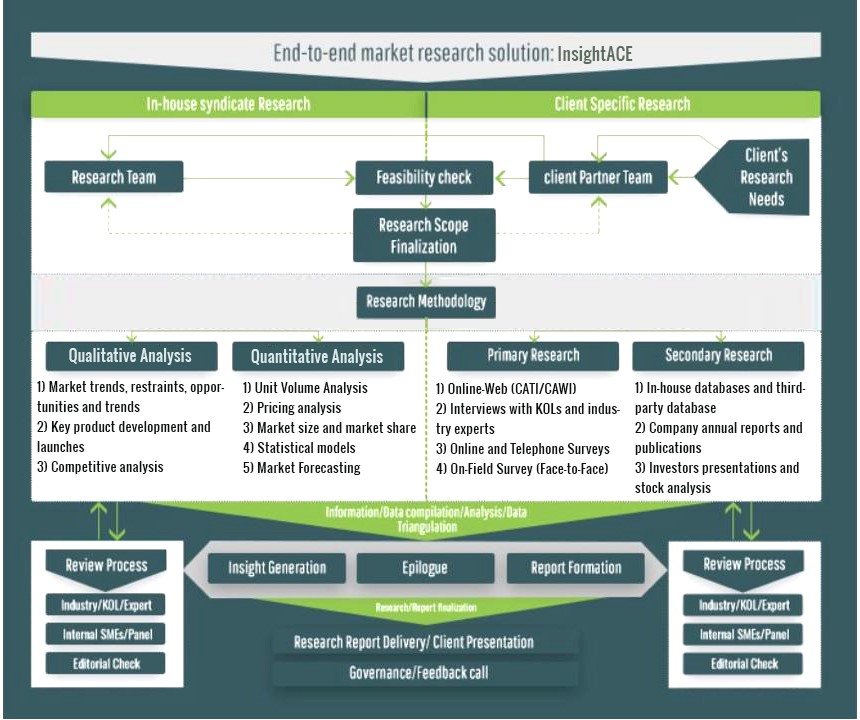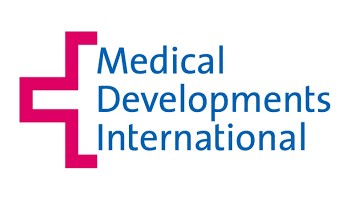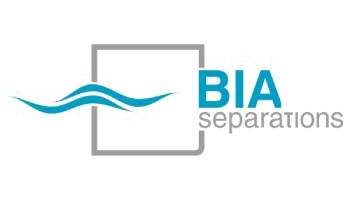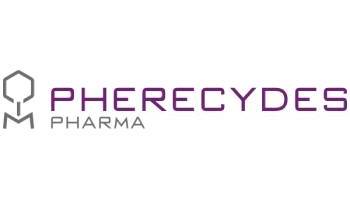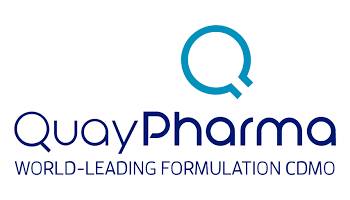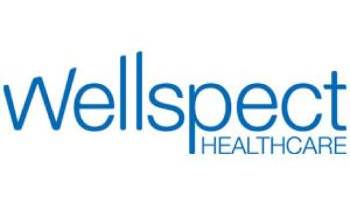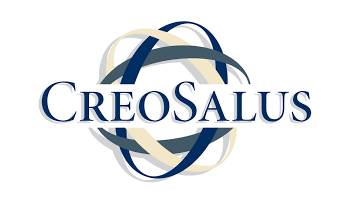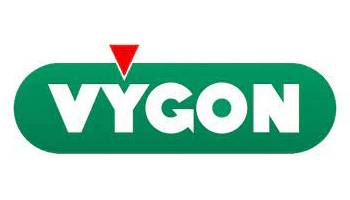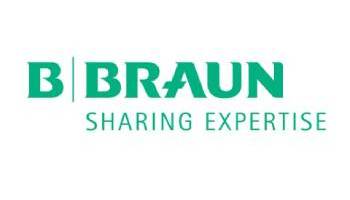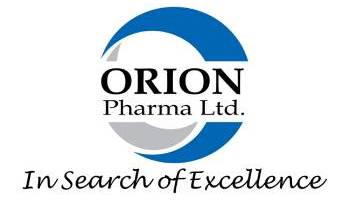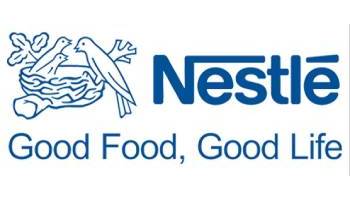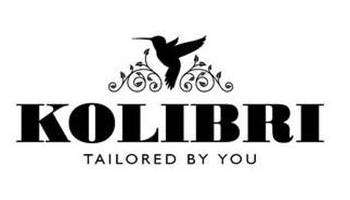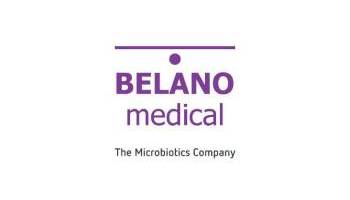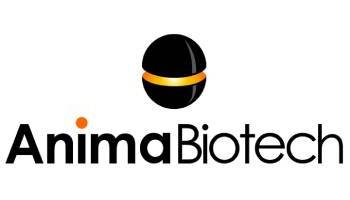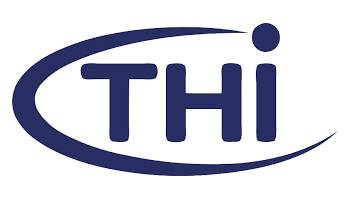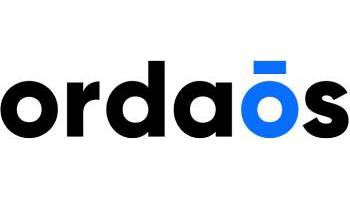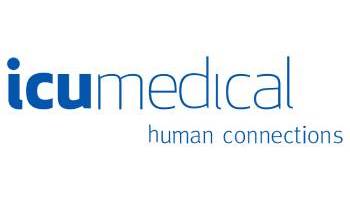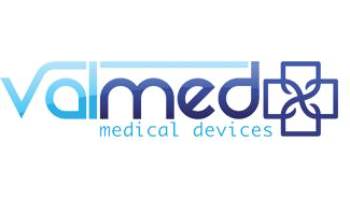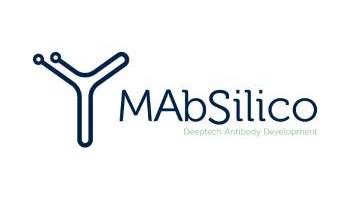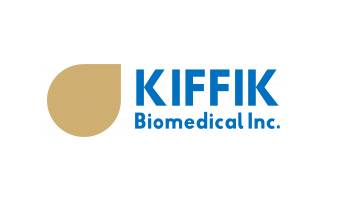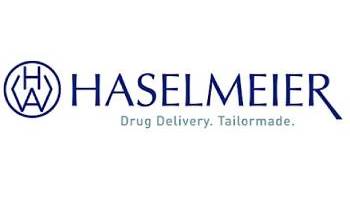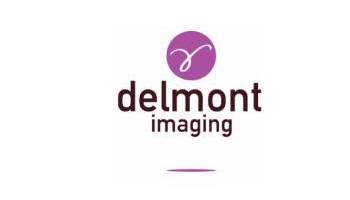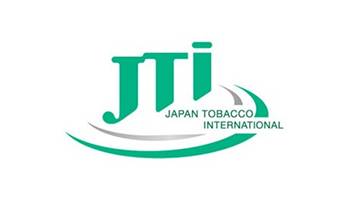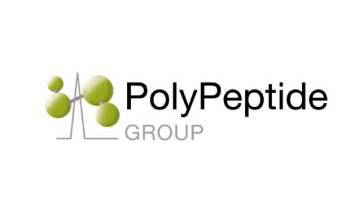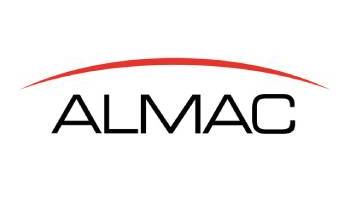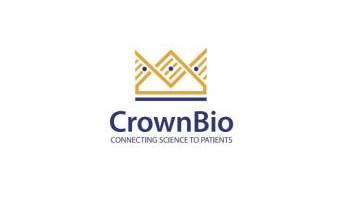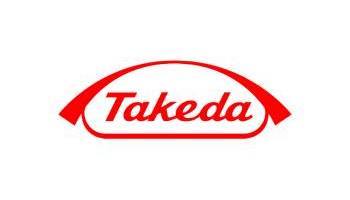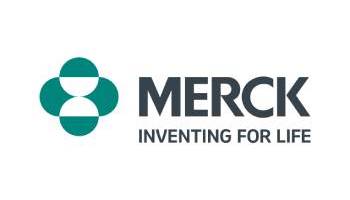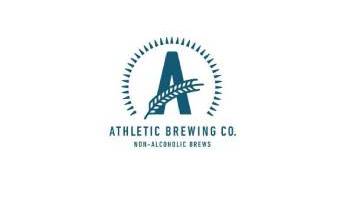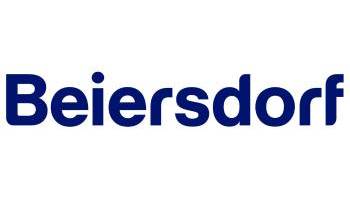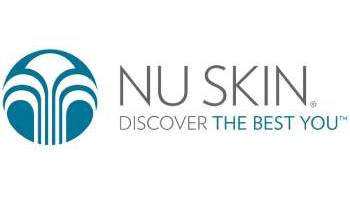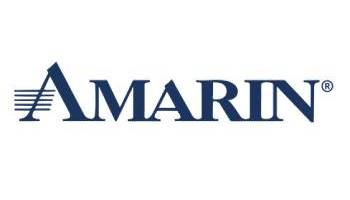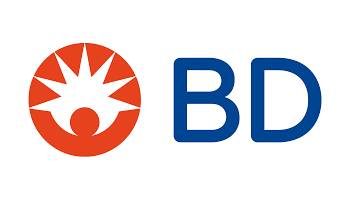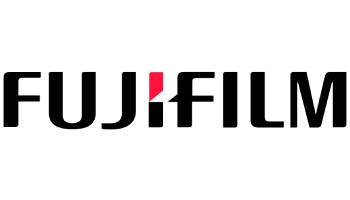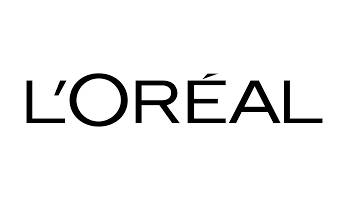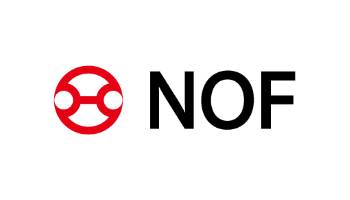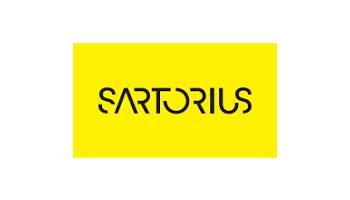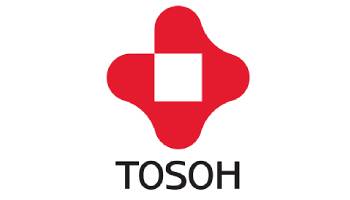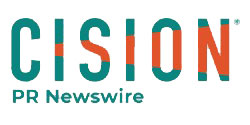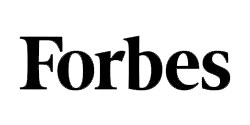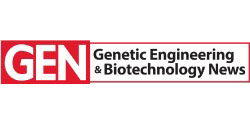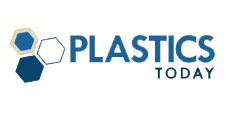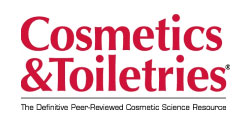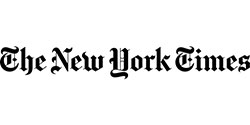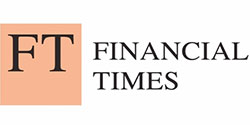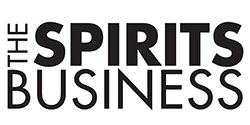The Global Food Traceability Market Size is valued at 20.04 Billion in 2023 and is predicted to reach 45.29 Billion by the year 2031 at a 11.1 % CAGR during the forecast period for 2024-2031.
Food Traceability is the process that helps to track any food that will be used for human consumption. Food Traceability allows you to track and record the food history at different stages of food manufacturing, such as processing, packaging, production, and distribution. In addition, it helps to maintain food quality and safety. Different tools are used by the food manufacturers to monitor the food and to perform product recalls. The demand for food traceability has been rising in the market as it reduces food contamination, improves food quality, and records food history.
Major driving factors of the food traceability market are the increasing need for food safety, rising food contaminations and food adulterations, rising need for its applications in various fields such as packaging, logistics, retail, storage, and handling, legislative framework, and government certifications & standardizations. Furthermore, advanced food technologies, growth in the population, increased purchasing power, and a growing number of health-conscious people are enhancing the growth of the food traceability market. However, the high price of tools, complex procedures, lack of strict government laws for food safety is restraining the growth of this market.
Market Segmentation
The food traceability market is segmented into Products, Applications, End-users, and Regions. The Products segment is further bifurcated into RFID, Barcodes, Infrared, Biometrics, and other Products. The barcodes segment will be in scope due to its low price and advanced technologies. In terms of Applications, the market can be divided into Dairy Products, Meat, Poultry, and Seafood, Beverages, Fresh Produce, and others (grains, seeds, nuts). The meat, Poultry, and Seafood segment is expected to grow at the highest growth rate during forecast years. End-users, the market is segmented into Food Manufacturers, Food Retailers, Government Department Meat, Poultry, and Seafood, Warehouses, and others (Defence and Security Departments, Farmers, Non-Profit Organizations, and Cooperative Organization). Food Manufacturers and Food Retailers are going to dominate the market in the future owing to a high preference for product quality and safety. Based on the region, the food traceability market is divided into North America, Europe, Asia-Pacific, Latin America, and the Middle East and Africa. The main regions of this market are North America, Asia-Pacific and Europe.
Competitive Landscape
Some Of The key players in the Global Food Traceability Market:
- Honeywell International Inc,
- H. Robinson Inc,
- DuPont Nutrition and Biosciences,
- Bio-Rad Laboratories,
- IdentiGEN,
- IBM Corporation,
- Intertek Group,
- Cognex Corporation,
- MASS Group,
- Zebra Technologies,
- SGS SA,
- HarvestMark,
- Optel Group,
- Thermo Fisher Scientific,
- Merit-Trax Technologies,
- Infor,
- FoodLogiQ,
The Food Traceability Market Report Scope
|
Report Attribute |
Specifications |
|
Market Size Value In 2022 |
USD 20.4 Billion |
|
Revenue Forecast In 2031 |
USD 45.29 Billion |
|
Growth Rate CAGR |
CAGR of 11.1% from 2024 to 2031 |
|
Quantitative Units |
Representation of revenue in US$ Billion and CAGR from 2023 to 2031 |
|
Historic Year |
2019 to 2023 |
|
Forecast Year |
2024-2031 |
|
Report Coverage |
The forecast of revenue, the position of the company, the competitive market structure, growth prospects, and trends |
|
Segments Covered |
By Products, By Application, By End-User |
|
Regional Scope |
North America; Europe; Asia Pacific; Latin America; Middle East & Africa |
|
Country Scope |
U.S.; Canada; U.K.; Germany; China; India; Japan; Brazil; Mexico ;The UK; France; Italy; Spain; China; Japan; India; South Korea; South East Asia; South Korea; South East Asia |
|
Competitive Landscape |
Honeywell International Inc, C.H. Robinson Inc, DuPont Nutrition and Biosciences, Bio-Rad Laboratories, IdentiGEN, IBM Corporation, Intertek Group, Cognex Corporation, MASS Group, Zebra Technologies, SGS SA, HarvestMark, Optel Group, Thermo Fisher Scientific, Merit-Trax Technologies, Infor, FoodLogiQ, and other Prominent Players. |
|
Customization Scope |
Free customization report with the procurement of the report, Modifications to the regional and segment scope. Particular Geographic competitive landscape. |
|
Pricing And Available Payment Methods |
Explore pricing alternatives that are customized to your particular study requirements. |







